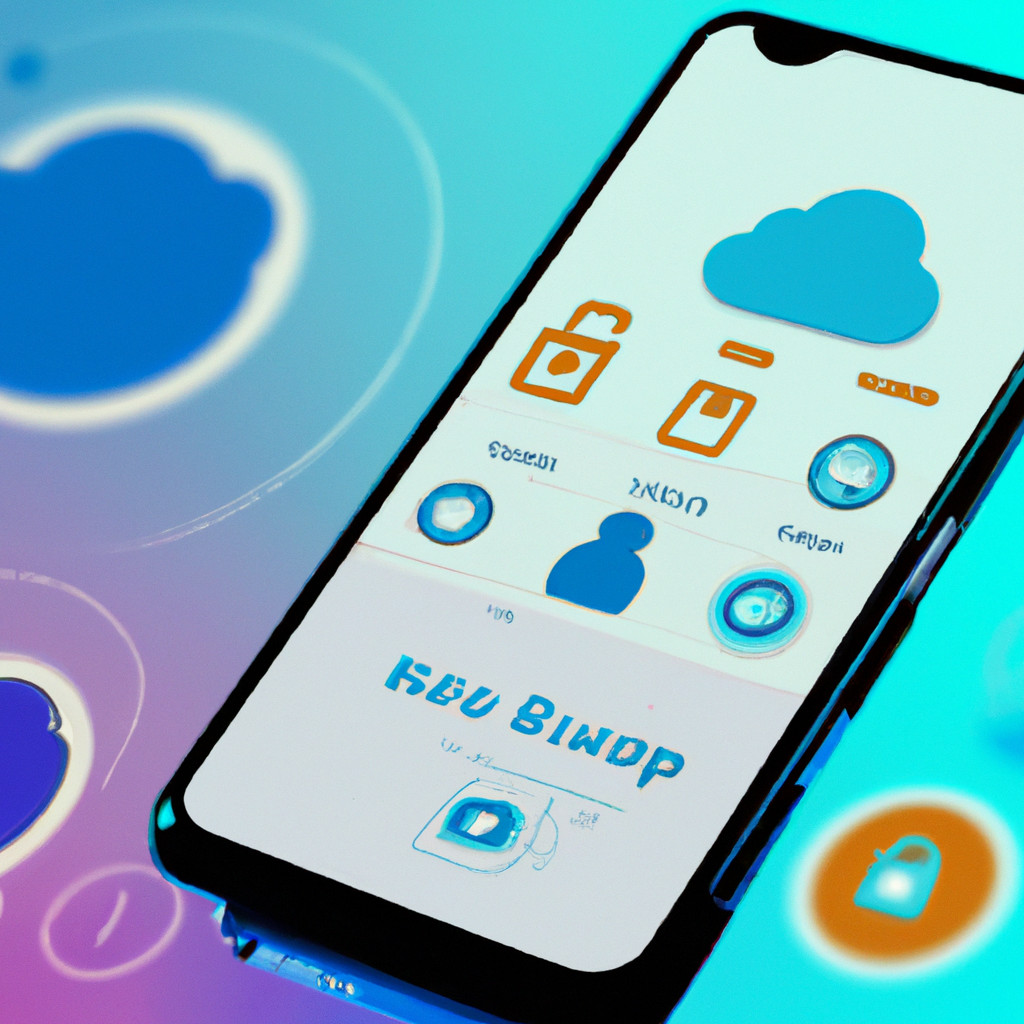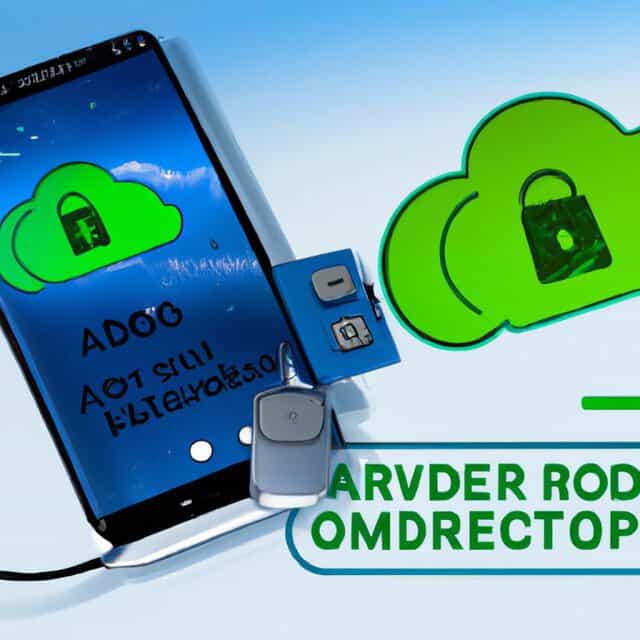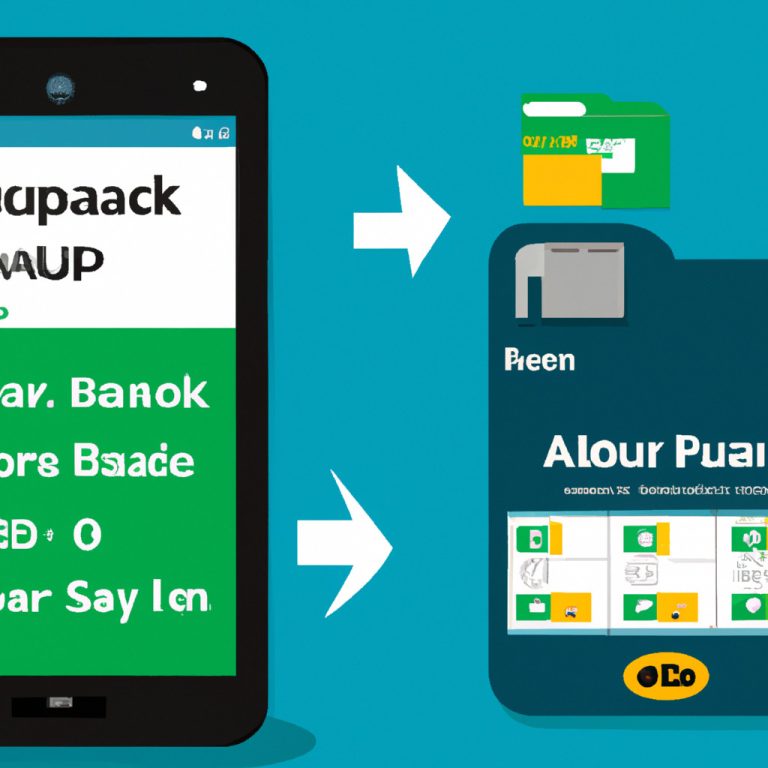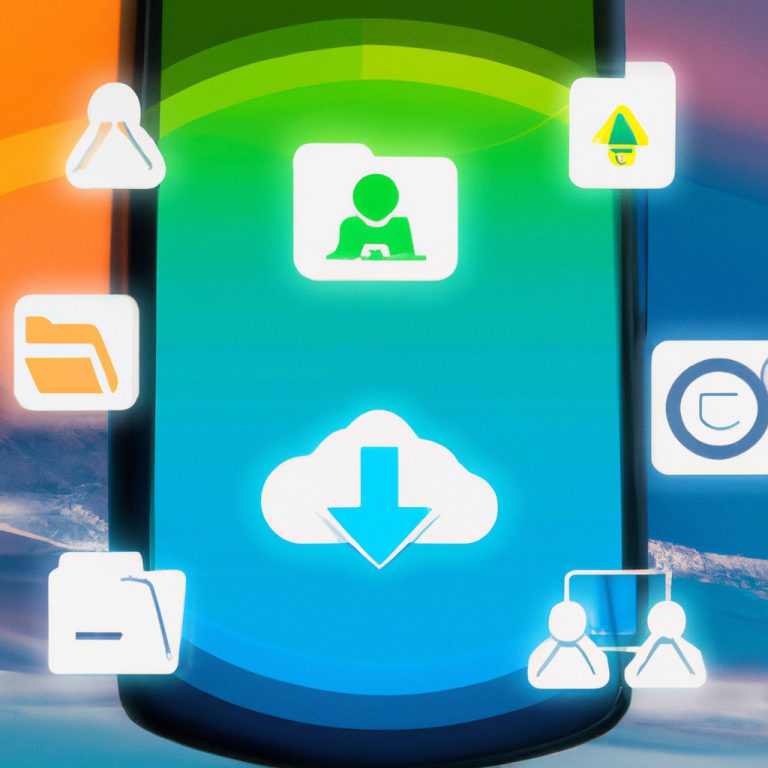
Kicking off with Full Android backup without root, this guide delves into the importance of backing up your Android device without requiring root access. Whether you’re a tech enthusiast or just want to ensure your data is safe, this comprehensive overview has you covered.
Exploring various methods, step-by-step instructions, and best practices, this guide equips you with the knowledge to safeguard your Android device effectively.
Overview of Full Android Backup without Root
Backing up your Android device is crucial to safeguarding your data and ensuring you can easily restore your device in case of any issues. A full Android backup involves creating a copy of all your data, including apps, settings, contacts, messages, photos, and more.
When it comes to ensuring the safety of your Android phone data, one of the best options is to utilize a secure cloud backup for Android. This method allows you to store your important files and information in a secure online storage space, providing peace of mind in case of any unexpected incidents.
Importance of Backing up an Android Device
Regularly backing up your Android device is essential to prevent data loss due to accidental deletion, software issues, hardware failures, or security breaches. It provides peace of mind knowing that your important information is safe and can be recovered when needed.
Benefits of Performing Regular Backups
- Protection against data loss: By creating backups, you can easily recover your data in case of device malfunction or data corruption.
- Seamless device migration: Backing up your Android device makes it easier to transfer your data to a new device without losing any information.
- Security and privacy: Having backups ensures that your sensitive information is secure and can be restored if your device is compromised.
- Peace of mind: Knowing that your data is backed up gives you peace of mind and allows you to use your device without worrying about losing important files.
Methods for Full Android Backup without Root
When it comes to backing up your Android device without root access, there are various methods available. From popular third-party backup applications to utilizing built-in Android features, each method has its own set of advantages and disadvantages.
Popular Third-Party Backup Applications, Full Android backup without root
There are several third-party backup applications that allow you to create a full backup of your Android device without requiring root access. These apps often provide a user-friendly interface and a wide range of features for backing up your data.
- One popular option is Helium, which allows you to backup your apps and data to your device or cloud storage.
- Another well-known app is Syncios, which offers a comprehensive backup solution including media files and app data.
Using Built-In Android Features for Backups
Android devices come with built-in features that enable you to backup your data without the need for root access. These features are often integrated into the system settings and provide a convenient way to safeguard your information.
- You can utilize Google Drive to backup your contacts, calendar events, photos, and other data to the cloud.
- The Android Backup Service automatically backs up app data, Wi-Fi passwords, and other settings to your Google account.
Comparing Advantages and Disadvantages
When comparing the different backup methods for Android devices without root access, it’s essential to consider the advantages and disadvantages of each approach.
Third-party backup applications offer more customization options and control over the backup process, but they may come with additional costs for premium features.
Are you wondering how to backup Android phone data effectively? The process is simple and essential for protecting your valuable photos, videos, and documents. By following a few easy steps, you can ensure that your data is safe and easily retrievable whenever you need it.
Using built-in Android features for backups is convenient and often free, but they may have limitations in terms of the types of data that can be backed up.
Step-by-Step Guide for Performing Full Android Backup without Root
To back up your Android device without root access, follow these detailed steps along with corresponding screenshots for a seamless process.
Backing up your Android contacts is crucial, and there is an easy way to backup Android contacts without any hassle. By using the right tools and methods, you can securely save your contact list and avoid the risk of losing important connections. Take the necessary steps to protect your valuable information today!
Enabling USB Debugging
- Go to “Settings” on your Android device.
- Scroll down and tap on “About Phone.”
- Find the “Build Number” and tap on it seven times to enable Developer Options.
- Go back to the main settings menu and open “Developer Options.”
- Enable “USB Debugging.”
Connecting Device to Computer
- Connect your Android device to your computer using a USB cable.
- Make sure to allow USB debugging on your phone when prompted.
Using ADB Commands
- Download and install ADB tools on your computer.
- Open a command prompt window on your computer.
- Enter the command “adb devices” to ensure your device is connected.
- Enter the command “adb backup -apk -shared -all -f backup.ab” to start the backup process.
Backing Up Data
- On your device, you will see a prompt to confirm the backup.
- Enter a password if you wish to encrypt the backup.
- Wait for the backup process to complete.
- Once finished, you will find the backup file saved on your computer.
Restoring Backup
- To restore the backup, connect your device to the computer and use the command “adb restore backup.ab”.
- Follow the on-screen instructions to complete the restoration process.
Best Practices for Full Android Backup without Root
When it comes to performing full Android backups without root access, following best practices is essential to ensure the safety and security of your data. Here are some tips to help you make the most out of your backup process:
Scheduling Regular Backups
- Set up a regular schedule for backups to ensure that your data is constantly protected. You can use built-in backup features or third-party apps to automate this process.
- Consider backing up your data daily or weekly, depending on how frequently you use your device and update your information.
- Choose a time when you are less likely to be using your device to avoid interruptions during the backup process.
Storing Backups Securely
- Store your backups in a secure location, such as an encrypted external storage device or a cloud storage service with strong encryption protocols.
- Avoid storing backups on the same device or memory card that you are backing up to prevent data loss in case of device failure.
- Consider password-protecting your backups to add an extra layer of security and prevent unauthorized access to your sensitive information.
Verifying Backup Integrity
- After performing a backup, take the time to verify its integrity by attempting to restore a small portion of the data to ensure that the backup is complete and functional.
- Regularly check the size and timestamp of your backups to confirm that they are up-to-date and have not been corrupted or tampered with.
- Keep multiple copies of your backups in different locations to reduce the risk of losing all your data in case of a single backup failure.
Final Summary
In conclusion, mastering the art of Full Android backup without root is crucial in today’s digital age. By following the Artikeld steps and tips, you can rest assured that your data is secure and easily recoverable when needed. Stay proactive, stay protected.
FAQ Summary
How can I perform a full Android backup without root?
To perform a full Android backup without root, you can utilize third-party backup applications or built-in Android features that do not require root access.
Why is it important to schedule regular backups?
Scheduling regular backups ensures that your data is consistently saved and protected, reducing the risk of data loss in case of an unexpected event.
How can I verify the integrity of my Android backup?
You can verify the integrity of your Android backup by attempting a restoration process to ensure that all data is successfully recovered.





